The year 1867 was a time of recognition of gold as a single form of national and world money, and the Paris monetary system, at which the introduction of the gold standard, took place, was the first step in fixing this form. This is how currency relations were organized in the world economy, consolidating international and interstate agreements. The early stages of the emergence of the world currency were observed already in the seventeenth century, when money was exchanged according to their metal content, which already somewhat simplified the big problems in determining the exchange rate. Each country minted coins of its own metal. It was iron, lead, tin, nickel and, of course, gold, silver and copper. The exchange rate was determined only noble metals.

Gold or silver
Before the Paris monetary system was formed, one part of the countries used gold as a measure of the value of money, the other - silver. For the first time, the idea of ensuring uniformity for determining the exchange rate in England at the end of the 18th century was voiced, then the banks of this country switched to the gold basis for determining the exchange rate of their pound sterling. After some time, rich deposits of gold were discovered in South Africa, and this finally approved the world choice. Silver faded into the background. The Paris currency system was formed mainly for economic reasons, and further factors both military and foreign policy influenced the choice of world currency.
There were a lot of transitions. For example, at the very beginning of the 20th century, the gold standard practically collapsed, then its entire organization once again disintegrated in the late 30s of the 20th century, and finally, the Bretton Woods monetary system was finally finished off by the global economic crisis. The Latin Mint, founded in 1865, managed to become the prototype of what the Paris currency system subsequently achieved. There were four countries working together on the basis of the gold standard. However, the Paris world monetary system received official confirmation at a conference in Paris, where an international treaty was signed, signed by more than 30 countries. The gold standard came to Russia in 1897 along with Witte reforms.
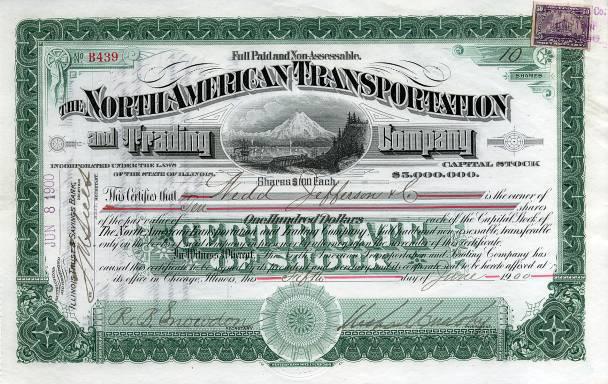
Currency trading
Each mint, which was engaged in minting money in the regime of the formed gold standard, turned ingots into coins, and minting was available and free, it was made almost for free. The predominant part of the money of that time consisted of coins. Bank tickets also went with the same rights as gold, they were convertible and provided with precious metal. The exchange rate was set at gold parity, national currencies were exchanged for foreign and gold without restriction. All this was guaranteed by the Paris currency system. Summarizing briefly, it should be noted that it was good and convenient: exchange rates fluctuated very slightly.
However, it was most convenient for three countries to live with this system: the Netherlands, the United States and Great Britain, since only these states had the right to freely import and export gold until 1914. Nevertheless, the Paris international monetary system gained more and more confidence in the world and spread fairly quickly. So the practice of international payments appeared through credit or debiting a foreign account, and the physical presence of the precious metal and its direct transfer disappeared.Teletypes, telephones and telegraphs soon appeared, and then foreign exchange dealers were able to take advantage of new technical tools for international professional currency trading.
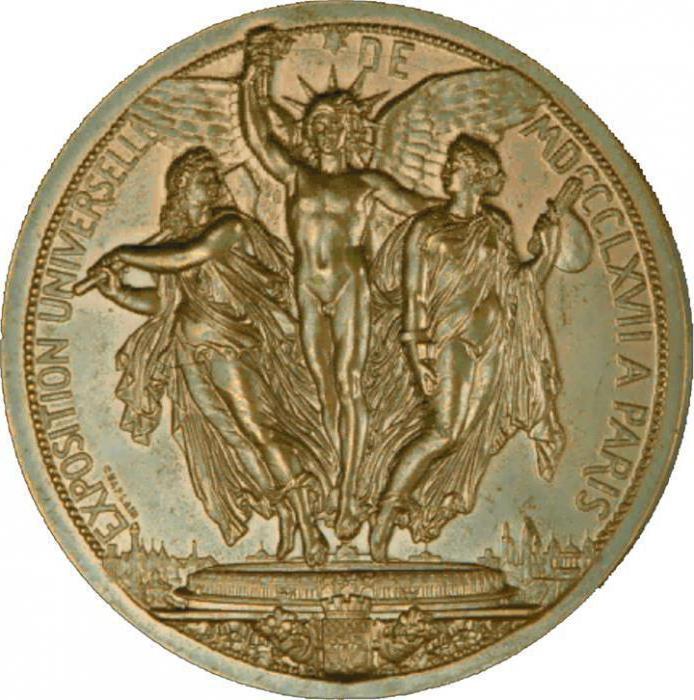
The collapse of the gold standard
The principles of the Paris monetary system were thoroughly shaken in connection with the First World War. Military spending increased significantly, and this necessitated a significant increase in the issue of loans by all participating states. As a result, the free exchange of banknotes for gold ceased. The peculiarities of the Paris currency system of this time were that current payments and settlements of obligations were extremely rare. Therefore, almost all countries refused to export gold and imposed currency trade restrictions. Precious metals were withdrawn from circulation, and therefore the gold standard ceased to exist. However, foreign exchange relations had to be somehow settled between the countries, so at the end of World War I in 1922 a conference was again convened in Genoa.
It was there that a new monetary system was born to replace the old one, broken as a result of war. The Paris and Genoese currency systems differed from each other in that the latter was not based on gold, but on the gold exchange standard. The national currencies of the participating countries partially restored their convertibility to gold, and only in the form of bullion, not coin. The war distributed the world's treasury reserves of gold for the most part in four countries - Japan, France, Great Britain and the United States; they were the only ones who could allow monetary systems based on the gold standard within their own borders. The remaining states were forced to focus on key currencies. The motto was the means of payment in foreign money exchanged for gold. Mostly they were used in international calculations. And yet, at least fragmentary, the basic principles of the Paris monetary system persisted until 1928.
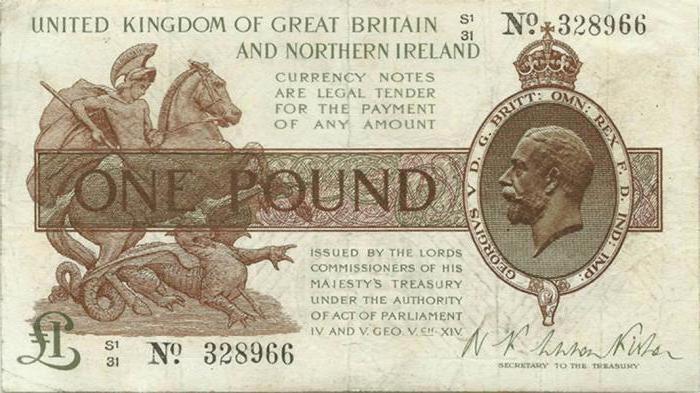
Three blocks
In 1929, a crisis weakened the economy of most countries. Almost all of them refused the freedom to exchange their own currency for gold. The Parisian currency system had already rested in the Bose; the gold standard practically stopped the economic influence on trade relations between the countries. However, international consensus in this area was simply necessary. The next conference was held in London in 1933, and sixty-six countries participated in it. But the Paris currency system did not return. Each of the participating countries decided to save the gold reserve for its own needs. No agreement was reached either on returning to the gold standard, or on the establishment of a currency, customs and international debt truce (Triple Armistice). The London conference failed with a huge bang. The result was the emergence of currency blocks.
In the first, sterling reigned in the territories of the British Empire with India and Pakistan, a number of European countries - Czechoslovakia, Hungary, and also Egypt, Iraq, Iran and, in fact, Japan. The second block is the dollar block, which included the United States, Canada, Latin America, Newfoundland. And Poland, Italy, Switzerland, Belgium, France, the Netherlands went to the third block, where the franc was in circulation. This collapse happened because the Paris currency system was based on the gold standard, which was simply not enough for all national currencies. And according to the Genoese gold exchange system, all circulating money was almost completely paper, they could be exchanged at any time in the issuing bank for pure gold. But it is theoretically. But it practically turned out that the banks did not have so much metal to fully cover paper money. And the less gold there was for fixed coverage, the more state paper money was accumulated and created additionally.It was simply impossible to exchange all circulating currencies, so the three strongest were chosen: pound sterling, French franc and dollar. Other national currencies tied to them.
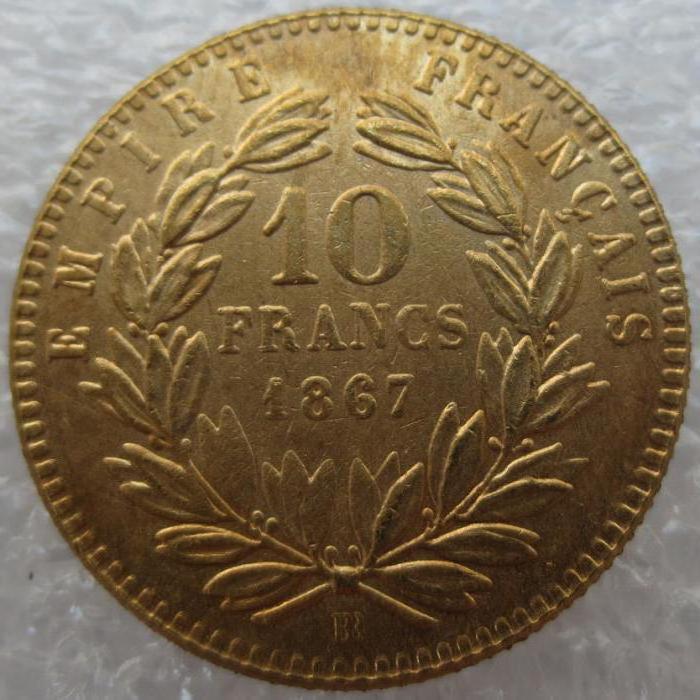
A new turn in history
The role of gold in the turnover between countries has been inexorably reduced since the time of the conference in Genoa. The main characteristics of the Paris monetary system did not fit into the modern picture of life at all. Time required an ever more sophisticated improvement in credit and payment relations between different countries. It was precisely at this call between the two world wars that clearing flourished with all its forms. The states were given the opportunity to significantly strengthen the regulation of financial and credit and trade relations, they began to tighten control and more restrict the movement of capital and goods between countries, banks underwent strict regulation of their activities.
The onset of World War II led to a twofold course of economic processes. On the one hand, states strengthened control and began to tighten control of all economic processes, and on the other hand, they also destroyed their course, this was inevitable, since all emphasis in the development of the economies of countries shifted. Thus, in the post-war period, the need for a new approach became apparent, the Paris currency system ceased to satisfy everyone. The gold standard in international relations was finally lost. Gold coins ceased to be a form of world money, gold bullion was no longer freely circulated, but lay in central banks. Import and export of gold has become sharply limited. Not all currencies now had gold content, and only three were converted to gold. Exchange rates floated much less freely, despite market demand. The Paris currency system could regulate all this earlier. The characteristic of her prevailing economic relations now did not correspond.
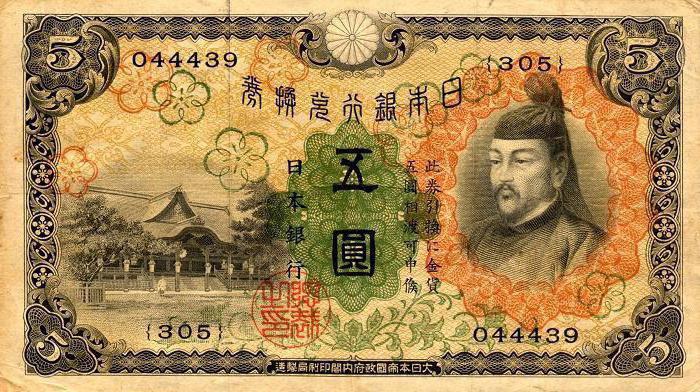
Lost reliance on the gold standard
The advantage of using gold instead of world money is that the metal does not wear out, like the gold currency is stable. And the downside is that the gold reserve as a medium of circulation is very lacking in flexibility. Due to this, a huge role was played by drafts - bills of exchange, which were nominated in one of the most popular currencies at that time - pound sterling. Due to the lack of amenities in circulation, gold began to more actively crowd out credit money. And soon only public debts were paid with precious metals, if the balance of payments had a passive balance. The pound sterling served as reserve currency for a long time, until the First World War ended in a world crisis. Only the United States and Japan continued to exchange currency for gold.
Why did such a harmonious system of the gold standard collapse? The reasons are as follows: significant expenses were needed to cover military expenses, and there was too much paper money; belligerents imposed strict currency restrictions, thereby destroying the unity of the international system; gold resources were depleted, because it was necessary to finance military needs. By 1920, the dollar had risen by 30% against the pound, the French franc and Italian lira fell by 60%, and the German mark fell by 96%.
Bins for gold reserves
The Genoese currency system called means of payment in the form of foreign money the motto. The gold exchange standard, as was said, existed in the form of the second world monetary system from 1922 until the end of World War II. Its principles were somewhat different: foreign exchange was free, but the country did not receive gold directly, but pre-purchased dollars, francs or pounds. There was a currency exchange purely in international operations.
Currency parities in gold were saved, freely falling exchange rates were restored. However, already in 1929, the negative effects of the economic crisis began to affect the streamlined new system. The capitals lost their equilibrium, as their overflows were observed, exchange rates and balance of payments began to fluctuate too much. International credit gradually fell into stagnation, as debtor countries were not able to repay debts.
The end of the Genoese monetary system
So there were separate zones, and first of all it became Germany. Countries one after another refused the gold exchange standard, currency dumping began. First, colonial and agrarian countries emerged from this monetary system, then several European countries, including Great Britain, Austria and Germany, and in 1933 the United States rejected the gold exchange system, prohibiting all types of gold and bullion circulation on its territory. The export of precious metals outside the country was also prohibited. To exchange dollars for gold, however, the United States never stopped.
In 1936, France left the gold exchange system of currencies, after which most countries imposed currency controls and many restrictions. The US dollar is becoming stronger and more consistent and is replacing the pound sterling from the world currency arena, which has lost leadership in the positions of the main world currency. The USA completely occupied world trade, despite the fact that the national monetary systems of different countries formed separate zones and blocks.
Attempts to swim out
At the center of each currency block was the leading country, the rest depended on it economically and financially. The exchange rates of the member states of the bloc were attached to the exchange rate of the leader’s currency, all international payments were carried out in it, and the country's reserves were stored. And each dependent currency was provided by government loan bonds and treasury bills owned by the leader of this block.
So, in the thirties three blocks were formed: sterling, where all the states of the British Commonwealth participated, except Newfoundland and Canada. These are Egypt, Hong Kong, Portugal, Iraq, Iran, Greece, Japan, Finland, Sweden, Norway, Denmark. The second block is the dollar one, headed, of course, from the USA. This includes a lot of countries. Almost all of South and Central America and Canada. France took the lead of the third bloc and took Switzerland, the Netherlands, Belgium, Poland, Czechoslovakia and Italy under its wing. This was the hardest of all - the gold content was maintained artificially, causing currency dumping losses. As a result, the block fell apart already in 1935, and in the next, France also canceled the gold standard.
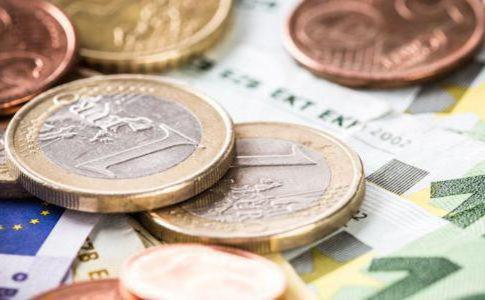
Dumping
Dumping is one of the varieties of a currency war that destroys all agreements from the inside out when the national currency devalues artificially to encourage exports. It was carried out by stabilization funds created in the USA and Great Britain, later in Canada and Belgium, and finally in Switzerland, the Netherlands and France. By the beginning of World War II, the Genoese system did not satisfy any of the countries. Naturally, currency blocks collapsed with the outbreak of World War II. Then the gold standard ceased to exist, which was so brilliantly implemented by the Paris currency system. Briefly summarizing, we can say that the world wars each time destroyed the harmonious building of international monetary relations, built by financiers.
The role of gold in the function of world money, however, has grown. Strategic goods were purchased only for gold reserves. Germany spent almost all of the country's gold on weapons (twenty-six tons), but later seized more than one and a half thousand tons of precious metal in the occupied territories. The United States has acted smarter than all. A good memory suggested what the international calculations based on the results of the war cost.They came up with a lease-lease - not a loan, but a lease, thus enriching themselves with more than fifty billion dollars only at the expense of the USSR and Britain. Moreover, they established powerful production facilities in the country with the best technologies, thoroughly strengthening their own economies.